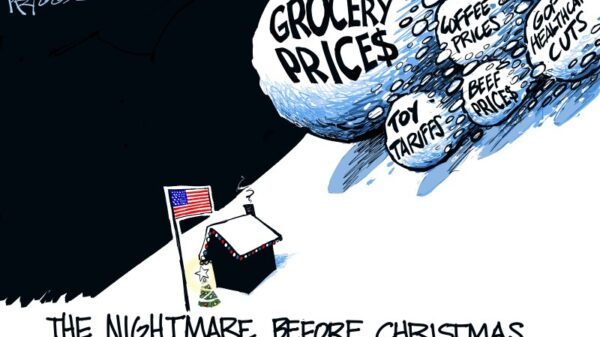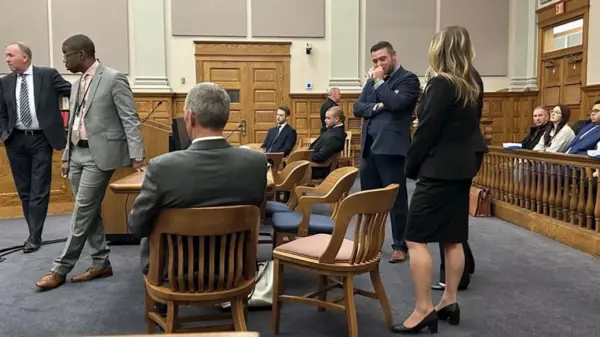Tensions have escalated in the Middle East as Hamas’s rapid regrouping in Gaza is perceived as a significant threat to the fragile peace efforts currently underway. During a visit to Israel, Vice President JD Vance expressed optimism about the progress of the twenty-point Gaza plan, despite growing concerns among Israeli citizens. This situation raises questions about whether the American vision for peace is in touch with the realities on the ground.
Speaking to reporters at an American military facility in Kiryat Gat, located in southern Israel, Vance criticized what he described as “weird attitudes” in the media that focus on setbacks to the cease-fire. “It’s not the end; it is, in fact, exactly how this is going to have to happen,” he stated confidently. He emphasized that the success of the Gaza plan could lead to peace not only in Gaza but also with former adversaries of Israel. “We know that a lot of our Gulf Arab friends would like to have normalized relations with Israel,” Vance added.
Israeli Prime Minister Benjamin Netanyahu has hinted at potential agreements with countries such as Indonesia and Saudi Arabia. However, many Israelis are increasingly alarmed by Hamas’s swift recovery in Gaza, viewing it as a direct challenge to the peace process. Concerns have been raised regarding the influence of Hamas-supporting nations like Turkey and Qatar in the region.
The Gaza plan, initially set forth by former President Donald Trump, has drawn criticism for involving “too many power centers” and excessive internationalization, according to Doron Matza, a professor at Achva College in Israel. He likened the current debate to post-World War II discussions in Washington, suggesting that the American approach resembles the Marshall Plan, which focused on economic revitalization. In contrast, he notes that many individuals in the Middle East prioritize ideology and honor over financial incentives.
Vance articulated a vision where both Palestinians and Israelis could find security and stability. Yet, the immediate concern remains the potential consolidation of Hamas’s power in Gaza. According to reports from Israel’s Kann News, Hamas has already appointed a significant number of “technocrats” who would govern Gaza under the Trump plan. This list of candidates received approval from Egyptian, Qatari, Turkish, and other Arab mediators involved in the negotiations.
Despite Vance’s assurances that Israel would need to approve these appointments, experts warn that Hamas’s pervasive influence in Gaza complicates the situation. “Almost everything that happens in Gaza, Hamas has a hand in it in one way or the other,” said Joe Truzman, editor of the Foundation for Defense of Democracies’s Long War Journal. He pointed out that the group is involved even in choosing the interim government, which raises concerns about the viability of the proposed governance structure.
Vance noted that reconstruction efforts in Gaza would only take place in areas where Hamas does not exert control. Nevertheless, Washington is urging Israel to adopt a more moderated response to Hamas’s actions in regions controlled by Israeli troops. Following the cease-fire agreement, Hamas committed to releasing all hostages within the initial 72 hours. However, as of now, the return of deceased hostages has been slow, with Vance indicating that some may be buried under rubble.
In a recent statement on social media, Trump expressed hope that Hamas might disarm voluntarily, warning that if they do not comply, “an end to Hamas will be fast, furious & brutal!” Despite this, Truzman highlighted that Hamas did not respond to inquiries regarding disarmament following the peace plan’s announcement.
The prospect of a multinational force entering Gaza has also been met with skepticism from Arab and Muslim countries, which appear reluctant to confront Hamas directly. Matza emphasized the challenges of resuming full-scale military operations, stating, “It’s not like you can flip a switch and you’re back.”
At present, maintaining the cease-fire seems to be a priority for all parties involved, even if it inadvertently benefits Hamas. As the situation unfolds, the complexities of the peace process continue to challenge both American and Israeli aspirations for stability in the region.






































































